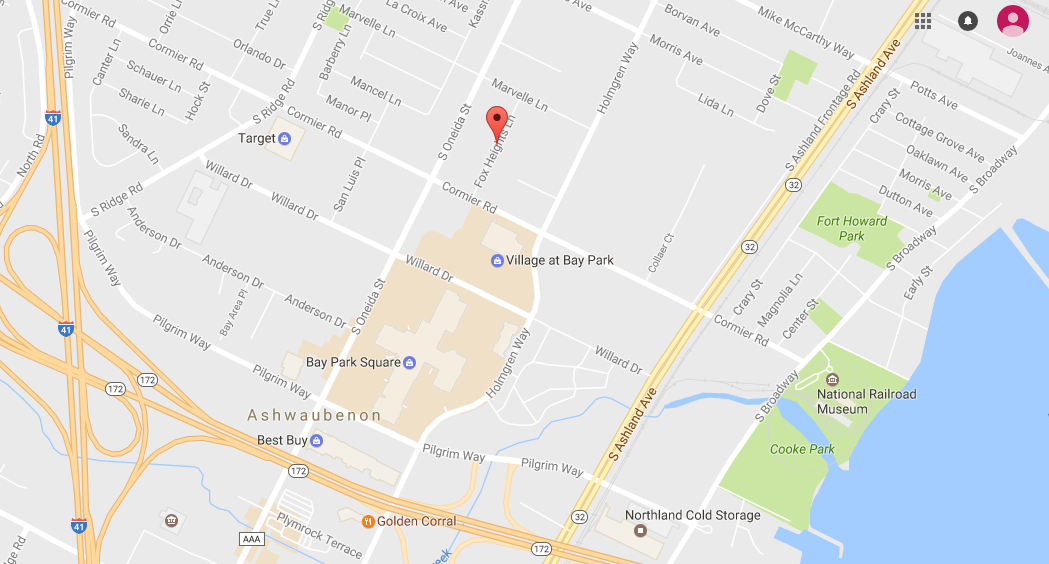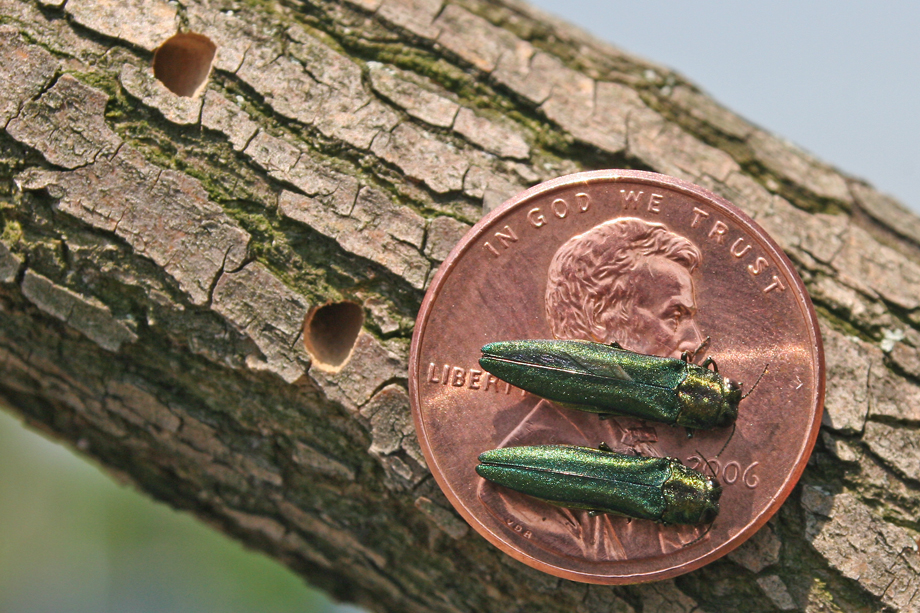
ASHWAUBENON — Wisconsin’s emerald ash borer infestation has made it’s way to Ashwaubenon.
The Wisconsin Department of Natural Resources has confirmed an infected tree at the corner of Fox Heights Lane and Marvelle, according to Ashwaubenon Parks, Recreation and Forestry.
The village will remove surrounding ash trees in public right-of-way in the area by mid-spring to help slow things down, though in reality, surrounding ash trees probably already have larvae in them.
The village does not remove ash on private property. If a private property owner chooses to try and save their ash by chemical injection, it is their own responsibility to do so, by calling a tree care company.
Once a tree shows signs of infestation, it is typically too late for treatments, which last 2-3 years per treatment.
An infested tree will only last up to several years before becoming a hazard due to complete die-off and the falling of dead branches.
For more information on EAB, or call the Parks, Recreation & Forestry Department office rat 920-492-2331.
The emerald ash borer was first found in Appleton in February of 2015, according to the Bureau of Plant Industry of the DATCP. Outagamie County already had been under quarantine for EAB because of its proximity to an infestation in the Village of Sherwood in Calumet County.
The most common treatment option for smaller trees is to drench the soil around the ash tree with Bayer Advanced Tree and Shrub Insect Control, available at most home and garden centers.
The treatment works on trees up to 50 inches in circumference.
Details are HERE.
DATCP recommends that property owners who have ash trees in quarantine counties:
• Keep a close watch for possible signs of EAB infestation: Thinning canopy, D-shaped
holes in the bark, cracked bark, branches sprouting low on the trunk, and woodpeckers
pulling at bark.
• Consider preventive treatments if your property is within 15 miles of a known infestation.
• Consider planting different species of trees that are not susceptible to EAB.
• Call a professional arborist, and visit emeraldashborer.wi.gov for detailed information.
Emerald ash borer is native to China and probably entered the United States on packing material,
showing up first in Michigan in 2002. It was first found in Wisconsin in 2008 in Ozaukee
County. Other quarantined Wisconsin counties are Adams, Brown, Buffalo, Calumet, Columbia,
Crawford, Dane, Dodge, Door, Douglas, Fond du Lac, Grant, Green, Iowa, Jefferson, Juneau,
Kenosha, Kewaunee, La Crosse, Lafayette, Manitowoc, Milwaukee, Monroe, Oneida, Ozaukee,
Racine, Richland, Rock, Sauk, Sheboygan, Trempealeau, Vernon, Walworth, Washington,
Waukesha and Winnebago.
EAB adults lay eggs on the bark of ash trees in mid- to late summer. When the eggs hatch a
week or two later, the larvae burrow under the bark for the winter and feed, forming the
characteristic S-shaped tunnels and destroying the tree’s ability to take up nutrients and water. In
summer, the adults emerge through D-shaped holes in the bark.

